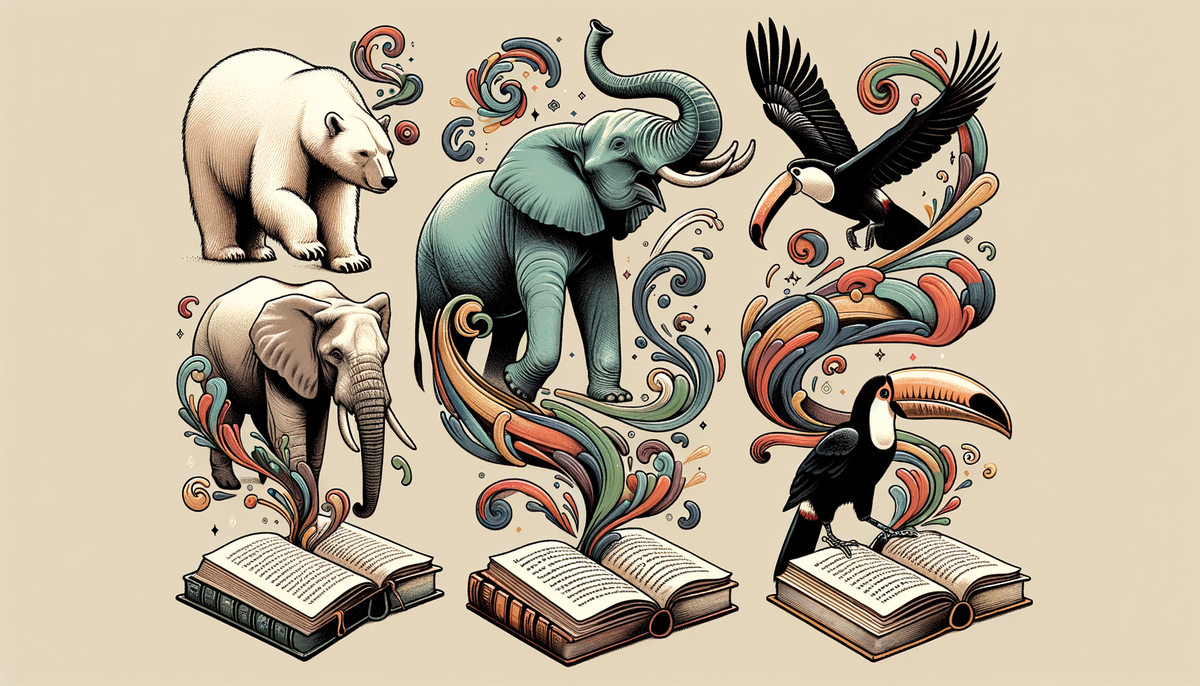The Historical Significance of Documenting Animal Behavior in Literature
Explore how documenting animal behavior in literature, from Aesop's Fables to modern-day tales, offers insights into our natural world and societal values.

A Glimpse into the Past Through Animal Stories
Animals have always been an integral part of human history and culture. From ancient myths to modern literature, they hold a mirror to our society, reflecting our values, beliefs, and even our fears. Documenting animal behavior in literature not only entertains but also educates, offering insights into the natural world and our relationship with it.
Early Animal Tales
One of the earliest examples of animal behavior documented in literature can be found in Aesop's Fables. These short stories, attributed to the ancient Greek storyteller Aesop, use animals to impart moral lessons. For instance, 'The Tortoise and the Hare' teaches us about the virtues of persistence and humility. Such stories were not only fun for children but also served as educational tools for adults.
Stories in Indian Literature
Indian literature is rich with stories that feature animals. The Panchatantra, an ancient Indian collection of interrelated animal fables, has been used to teach political science and moral conduct. In more contemporary Indian literature, stories like 'Gillu' by Mahadevi Verma capture the essence of human-animal bonding and the behavior of animals in a natural setting. This story, available at Gillu - English Chatterbox, offers a beautiful narrative of a squirrel's life and its profound impact on humans around it. Additionally, for those interested in exploring further, a related narrative can be found here and another related story can be explored here.
Modern Narratives
As we moved into the modern era, the depiction of animals in literature became more nuanced. Authors like Jack London and Rudyard Kipling gave readers an intimate look into the lives of animals through stories like 'The Call of the Wild' and 'The Jungle Book'. These works go beyond simple entertainment, exploring themes of struggle, survival, and the animal instinct within us all.
Why It Matters
The documentation of animal behavior in literature serves multiple purposes. It fosters empathy, encourages conservation, and provides a unique perspective on life that is often overlooked. In a world increasingly detached from nature, these stories remind us of our roots and the essential bond we share with the animal kingdom.
Conclusion
From ancient fables to contemporary tales, literature has always recognized the importance of animals in our world. By documenting their behavior, these stories enrich our understanding and appreciation of the natural world, reminding us that we are all part of a larger tapestry of life.



